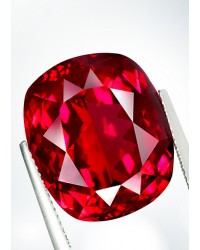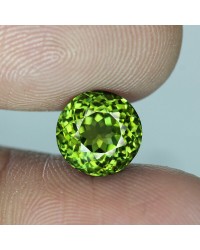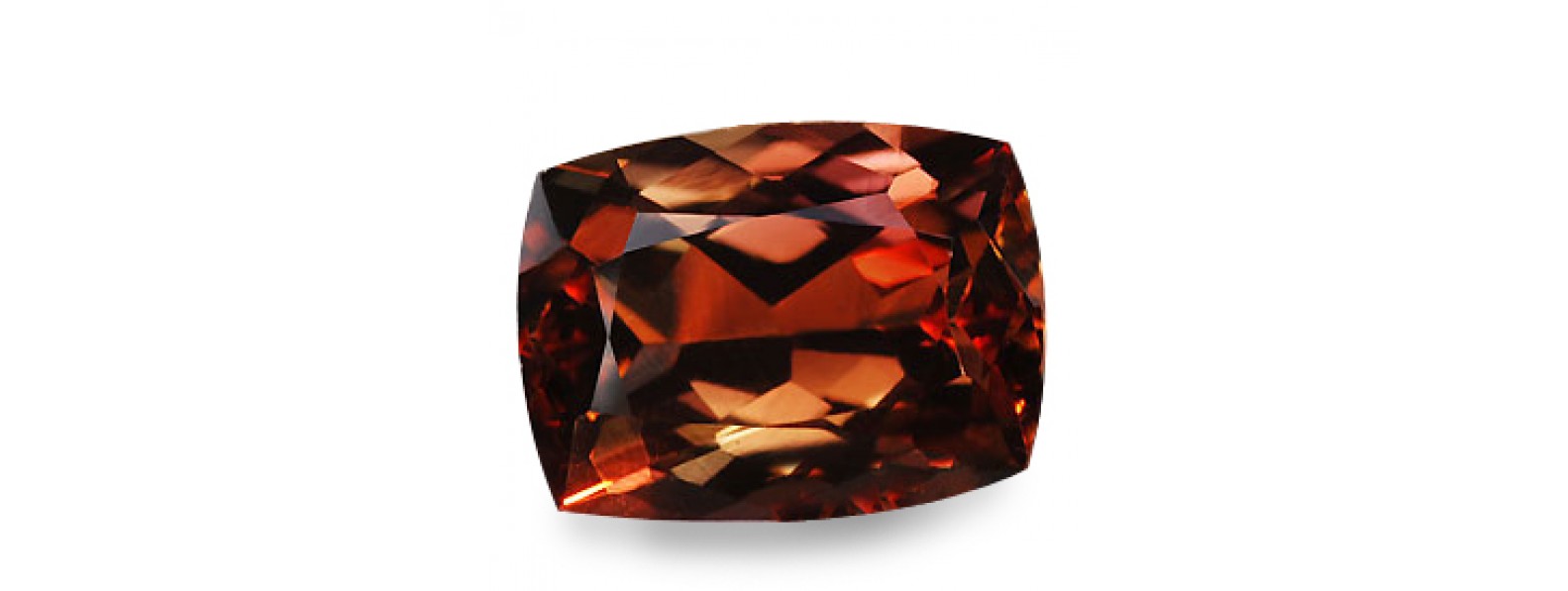Clear ✖


Your shopping cart is empty!

The word Axinite was derived from the greek word "Axina" which means Axe. Axinite was discovered in 1797 by R. J Hauy. While exploring the Alps mountain he discovered highly vitreous, piezo- electric wedge shaped crystals. The chemical composition is 3Al2BSi4O15(OH). Axinite crystals have an axe shape formation.
It is a triclinic mineral with the shape of a flattened spatula which makes it shower a wide range of color. The color play ranges from Clove Brown, honey yellow with rare blue sheen. Axinites are rich in Calcium, Manganese, Iron, Magnesium with a complicated chemical boro silicate group. The iron (Fe) rich content is called Ferroaxinite, similarly is manganaxinite, magnesioaxinite.
Axinites are widely available in many mining areas in the world. The excellent color play, brilliant luster makes axinites a collector's choice. The axe effect which is an inheritent property of the axinite gemstone makes the inclusions to be considered. gempiece.com has a wide range of axinite loose gemstones and also deals with custom jewelry for more than two decades. Please feel free to email us if you have any orders and we most warmly welcome you. We serve certificates from Gubelin, GIA- Gemological Institute of America, AIGS- Asian Institute of Gemological Sciences, Tokyo gem lab, GIT, GRS etc.
Axinites are also called as poor man's alexandrite due to the wonderful combination of color and the sparks under incandescent light source. The Hardness of axinite is 6.5 to 7 with a Specific gravity of 3.26 to 3.36 and Refractive Index of 1.656 to 1.704. Axinites are said to harmonize emotions, improve stamina and vitality and governs ones spiritual balance and aids in avoiding power conflicts.
Clear ✖